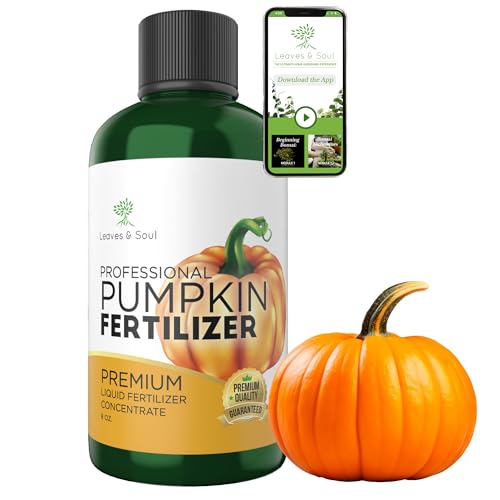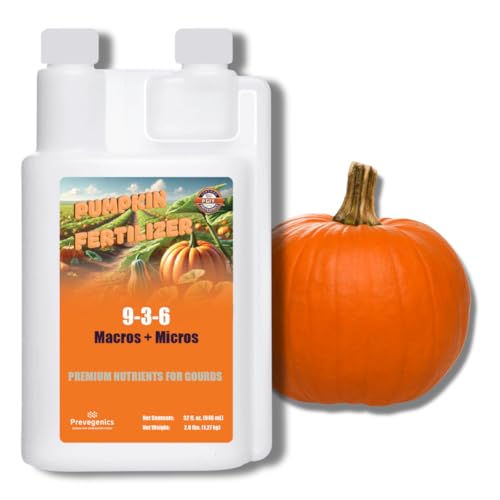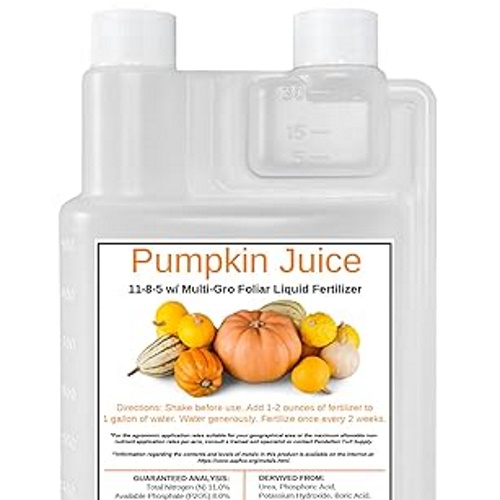Jennifer Garner has officially marked the season on her quaint pumpkin patch – these expert tips will help you replicate her success
The actress's pumpkins look healthy and vibrant – we spoke to an expert to get tips on harvesting and growing this seasonal veg


It's peak Jack-o'-Lantern season, and as such, we are making our annual visits to the pumpkin patch to select a ripe and carvable gourd.
Joining in on the fun is none other than Jennifer Garner, as evidenced by a clip recently shared to the 13 Going on 30 star's Instagram page. In it, she is singing to a tiny pumpkin growing on a stem, and while this isn't necessarily a tip that we can back, it certainly is endearing.
For those who are looking for tips on how to grow pumpkins, you are in luck – we got insight from an in-house expert on how to care for and harvest magnificent pumpkins.
A post shared by Jennifer Garner (@jennifer.garner)
A photo posted by on
First and foremost, anyone wanting to grow pumpkins of their own must be mindful of the surrounding conditions, and consider when to plant them. Pumpkins thrive close to the ground, and grow along vines, so it is crucial to be mindful of climate and water intake.
'If you want your pumpkins to prosper like Jennifer’s, they need a long growing season, lots of warmth, and plenty of water and nutrients,' says Drew Swainston, a gardens content editor here at Homes & Gardens.
He continues, 'Plant pumpkins in a warm and sunny spot, giving each plant at least six feet of space to grow into. They are hungry plants that want to be regularly watered, especially during dry spells, so the soil stays consistently moist. Keeping on top of watering is vitally important when the plants are setting fruit and starting to form the pumpkins. Water deeply and be careful to water the soil around the plant rather than soaking the foliage, which increases the risk of fungal diseases.'
With this said, if you live in a particularly warm climate, it is imperative to frequently water your pumpkins so they retain optimal growth.
Sign up to the Homes & Gardens newsletter
Design expertise in your inbox – from inspiring decorating ideas and beautiful celebrity homes to practical gardening advice and shopping round-ups.
To grow giant pumpkins (and just overall healthy veg), Swainston recommends some additional elements that will take your pumpkin to the next level.
'Adding compost or well-rotted manure ahead of planting can get the plants off to a great start,' he explains. 'When the pumpkin plants start flowering, begin to feed them with a fertilizer high in phosphorus and potassium - such as a liquid tomato feed - every two weeks to help the steady development of the fruits.'
Shop Pumpkin Fertilizers
Pumpkin growing success begins with the right growing support. Below, we have rounded up some expert-approved fertilizers to get your pumpkins (literally) off the ground.

This nutrient-rich 5-1-5 concentrate fertilizer blend ensures robust vine growth, strong root systems and bountiful harvests of pumpkins.

This fertilizer is has a high nitrogen content for vigorous growth of foliage, aiding growth of healthy pumpkins.

This is an acidic foliar fertilizer that feed through roots and leaves which contains a blend of plant growth stimulants and other nutrients to improve vegetable yields.

Hannah is Homes & Gardens’ News Editor, with a focus on celebrity style and entertainment content. She got her start in media as a digital editorial assistant at ELLE Canada, and has since written about lifestyle and culture for publications such as Nylon and i-D.
Her love of film is rivaled only by one with a great soundtrack, and she hopes to someday decorate a Nancy Meyers-worthy kitchen.
-
 Bathroom colors going out of style in 2025 – and the designer-approved shades to decorate with instead
Bathroom colors going out of style in 2025 – and the designer-approved shades to decorate with insteadThese are the colors to swerve in your bathroom decor if you want to create a stylish and design-led space, according to experts
By Emily Moorman
-
 I swear by the ‘ETC’ method to prevent clutter and save money – my expert-backed checklist is transformative
I swear by the ‘ETC’ method to prevent clutter and save money – my expert-backed checklist is transformativeNow I Edit The Cart and save time, money, and energy
By Chiana Dickson